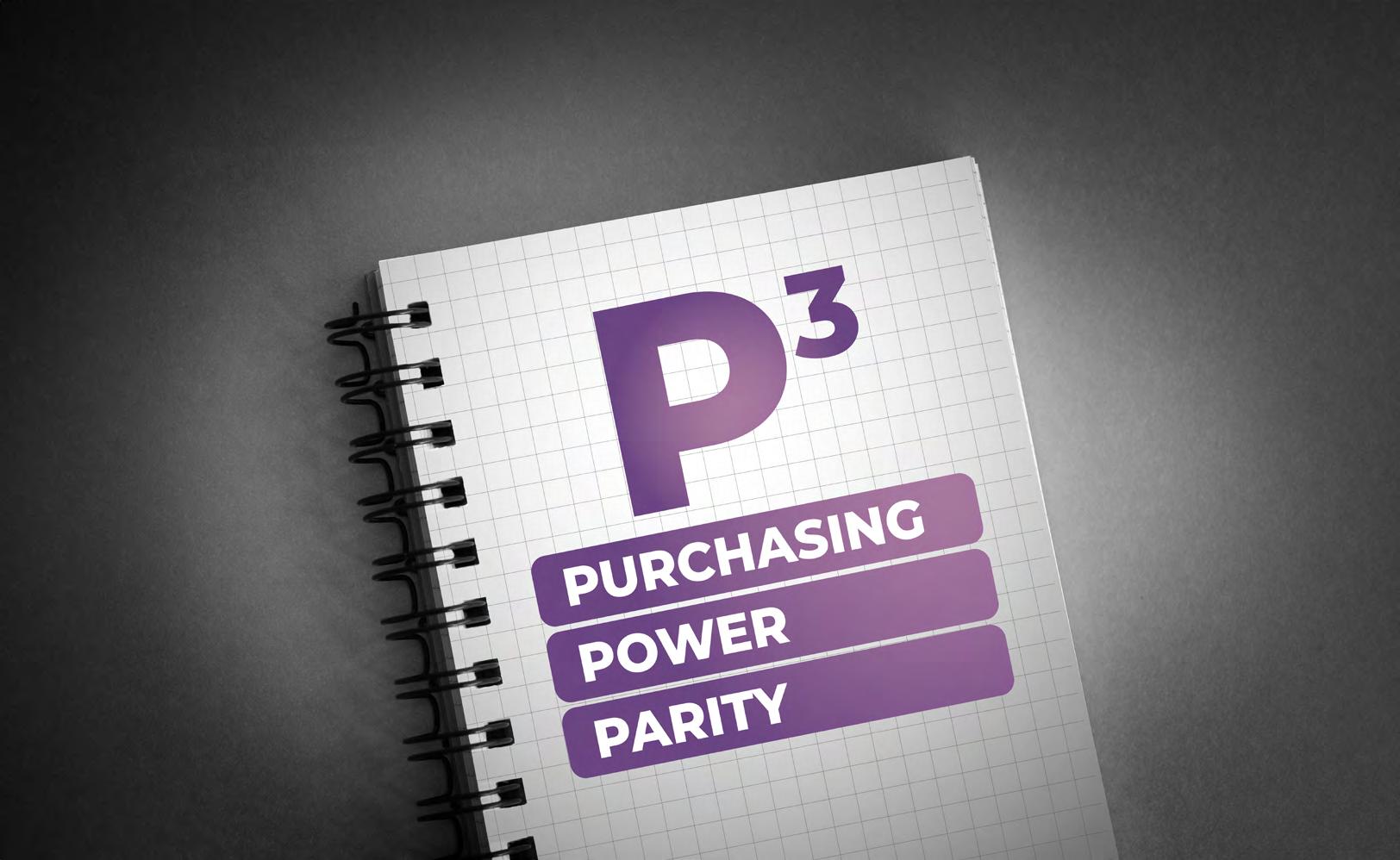

The Purchasing Power Parity (P3) Index
Are you in full control of your pricing strategy across your locations, metros, regions, and globally?
Achieving pricing parity on retail tariffs over multiple business locations is a dilemma for most foodservice and food retail organizations and has the potential to significantly impact and improve your overall business performance and health.
The days of sending your managers out once a year with a clipboard to glean competitor pricing are now thankfully over. With the P3 Index and data science, you can have your fingers on the pulse in real-time, all of the time.
Leveraging data science, you can now adopt clear pricing strategies across multiple locations, taking into account local pricing, cost, affordability, and competitor pricing streamlining your program to optimize revenues and profitability.

Historically, organizations use high-risk methodologies to calculate their operational running costs and pricing strategies. In a world where attaining margins is becoming more difficult for all organizations, every dollar counts. Attaining parity has the potential to save organizations vast sums of money!
Did you know that the global swing in consumer pricing is up to +50% and as low as -50%? In the United States alone, this swing is between +25% and -25%. On a $10 check, this means your pricing opportunity could be between $7.50 and $12.50 parity to local market driving foot traffic and optimized margin.
Many businesses default to using localized historical data to calculate consumer pricing. Was the original pricing correct in the first place? Over time was inflation incorporated into the price increases? Many times the process disregards the current local economic environment and conditions.
P3 gives you a benchmark of current pricing differentials between locations and provides the baseline of what pricing should be based on current, and up to date, data.
Use P3 indexing to help make data science, logic-driven, informed decisions:
1. Global, regional, and metro-by-metro or location-by-location
2. Optimize budget clarity and forecasting
3. Identify savings and risks
4. Set your own comparison location base line
5. Know and understand your % of street costs
4xi consulting can help through our initial free 5x5 pricing parity consultation!
1. Choose 5 locations in any country, region, or metro
2. Choose 5 of your current menu items and selling price
3. Select your current % of street target
4. See what % improvement you could be making to your business
5. Free online consultation, information share
Get in touch to learn how 4xi can help you with your Purchasing Power Parity and deliver efficiencies and business improvement.
PPP (P3) Definition:
The name Purchasing Power Parity (PPP) comes from the idea that, with the right exchange rate, consumers in every location will have the same purchasing power.
Economists use PPP as a measure of the price of specific goods in different countries and it is used to compare the absolute purchasing power of the countries’ currencies. PPP is effectively the ratio of the price of a market basket at one location divided by the price of the basket of goods at a different location.


Explaining the science!
It is based on the law of one price, which says that, if there are no transaction costs nor trade barriers for a particular set of goods, then the price for those goods should be the same at every location.
Ideally, a breakfast in New York and Santiago Chile should have the same price. If its price is $8.50 US dollars in New York and the same breakfast costs $8.500 CLP in Santiago Chile, P3 theory says the exchange rate should be $1000 CLP for every 1 US dollar. However, poverty, tariffs, transportation, and other frictions prevent the trading and purchasing of goods at equal values.
So measuring a single good can cause a large error. The P3 term accounts for this by using a basket of goods, that is, many goods with different quantities.
For Example:
P3 then computes an inflation and exchange rate as the ratio of the price of the basket in one location to the price of the basket in the other location.
Why is this? Price is influenced by several, complex cost drivers:
• Channel costs and margins
• Production and packaging
• Logistics costs
• Materials and ingredients
• Volume/economies of scale
• R&D costs

GARY MACKAY
Gary brings over 25 years of global experience in food and facilities services, specializing in Business & Industry, Oil & Gas (both onshore and offshore), Remote Sites, Mining, and Military sectors. His career has spanned regions including Europe, Africa, Asia, and Latin America, where he has worked with industry giants like BP, Shell, Exxon Mobil, Halliburton, and Schlumberger. Gary is

